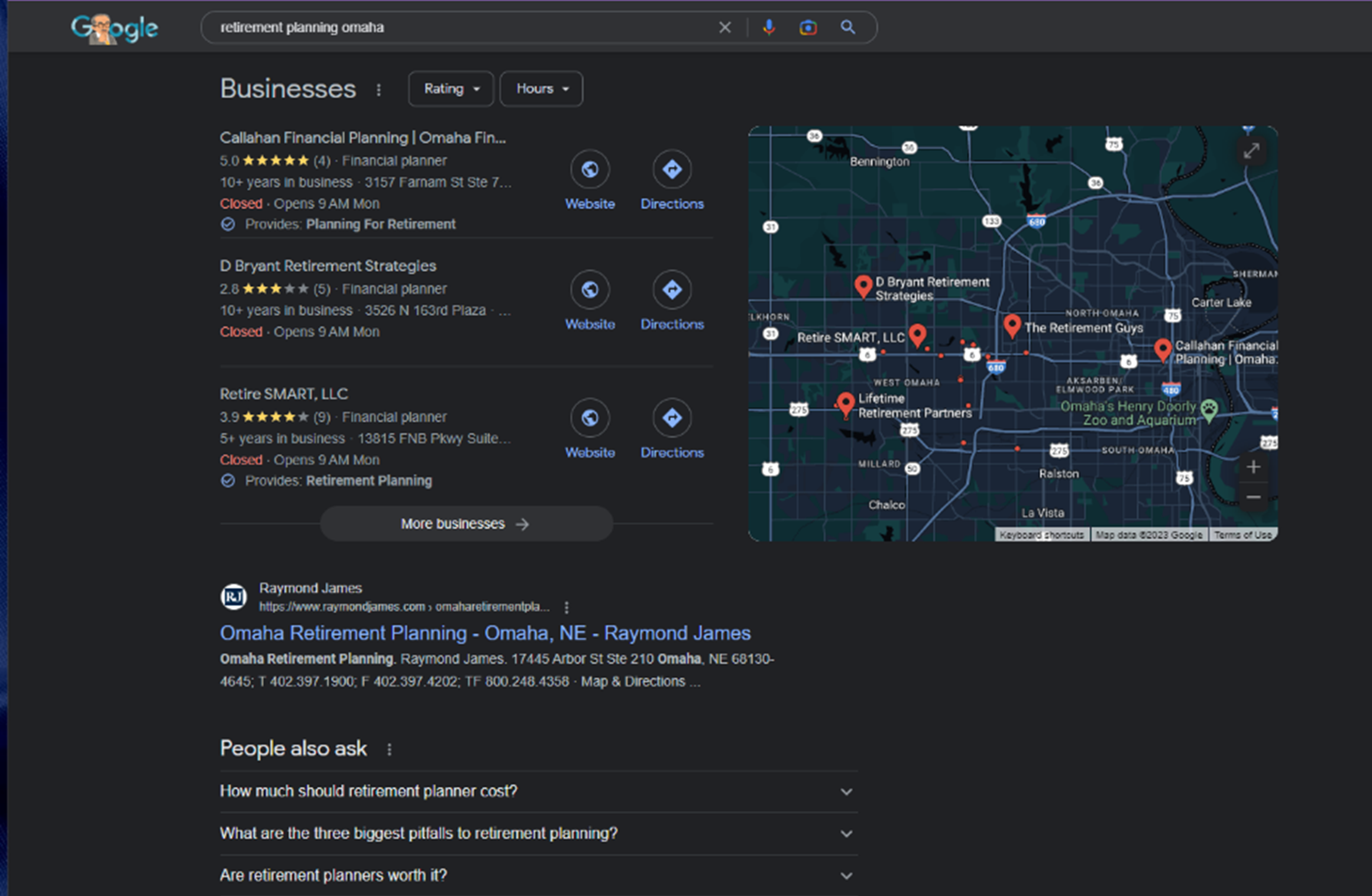There are multiple factors that go into dominating on-page SEO. Ensuring your on-page SEO is following best practices and industry trends, you can give your website the best chance at ranking well for your target keywords. If written correctly, it can even potentially increase the click-through-rate from users who see your website on Google’s search engine results pages. Let’s start with what on-page SEO factors there are and then how to optimize them for high relevance.
What Are On-Page SEO Factors
On-page SEO is one of the most important pieces of an organic strategy. Ensuring your target keyword is placed correctly in the right places can give your website a higher chance at ranking organically. So where should you place your target keyword?
Table of Contents
Page URLs
Let’s begin with your page URL. Each page’s URL is its address for where users and search engines can locate it on the internet. We want this address to be as easy to find as possible and describe what your page is about. A great way to do this is to include your page’s target keyword in the URL.
Include Your Target Keyword
When Google first comes to crawl your website, it uses multiple different factors to gain an understanding of what your page is about. Once it understands, each page can be indexed and shown if it serves as a very relevant page for specific queries.
The URL is used by Google as a ranking factor. If your page’s URL contains the keyword “blue sweatshirt,” it would have a significantly higher chance to rank for keywords related to blue sweatshirts over topics like khaki pants or red sunglasses. Including each page’s target keyword in the URL is crucial for gaining relevance from search engines like Google.
Keep Under 115 Characters in Length
It is an SEO best practice to keep page URLs under 115 characters. This ensures your URL is user-friendly and easily readable by search engines. If the title of your blog post is ten words long, create a shortened version for your URL slug.
Utilize a Nested URL Structure
The structure of how you separate subfolders of your website is important. There are mixed opinions in the SEO space over whether to use a nested or flat URL structure. A nested URL structure will list each subfolder in the URL itself making it ideal for users and search engines. A flat URL only includes each page’s slug, whether it is in a subfolder or not.
Example:
Nested: www.domain.com/shirts/t-shirts/blue-t-shirt/
Flat: www.domain.com/blue-t-shirt/
We recommend using a nested flat URL structure since it is user-friendly. It also lays out to search engines how your website is spread out.
Title Tags
Each page on your website should include a title tag. This is a short title of what your page is about. There are multiple best practices to discuss with title tags, but including your target keyword is imperative. Let’s get into how to optimize your page’s title tags.
Include Target Keyword
Your title tag could be what drives a click from users on Google’s search engine results pages or not. If written correctly, it can attract qualified users to your website. Search engines like Google read your title tags and use them as a signal in determining how relevant your website is for certain queries. That is why it is imperative to include your target (and secondary) keyword in the title tag for each page.
Keep Between 30 & 60 Characters Long
The ideal length for a title tag is between 30 and 60 characters long. A title tag that is over 60 characters long will typically get truncated in Google’s search results. If a title tag is long, Google will tend to rewrite it to be what Google thinks your page is about. Any title tag under 30 characters is missing out on free SERP real estate.
Include a Boilerplate
Boilerplates for title tags are just your brand or company name. When users see your result in Google, it is beneficial to have your company name in the title. This helps with uniformity as well. Ensure your title tags include your brand name.
Include Location (If Local)
Including your location in your title tag is essential for improving your page’s relevance for local keywords (... in Omaha, best … in Philadelphia, etc.). If your company has more than one location, then it is important to develop location pages with each location’s city and state present in its title tag.
[Secret Tip] Front-Load Your Target Keywords
There is speculation in the SEO space whether front-loading your target keyword improves organic visibility. Some sources claim placing your keyword at the beginning of your title tag is a ranking factor. This is not 100 percent confirmed by Google, but we may as well test it out!
Meta Descriptions
Each page on your website should include a meta description. This is a short description of what your page or company is about. As far as we know, Google does not use meta descriptions to determine relevance but it is still essential to write them in a way to increase the click-through-rate from users on search engine results pages (SERPs).
Include Target Keyword
Even though search engines do not use meta descriptions to determine relevance, you should still include your target keyword here. If a user is searching for “blue t-shirt,” it is better to include that keyword in your meta description than not.
Keep Between 120 & 150 Characters Long
The ideal length for meta descriptions is between 120 and 150 characters. Meta descriptions that are longer than 155 characters tend to get cut off in search engine results pages. Google tends to rewrite these as well to match the intent and query of searchers.
Include a Call-To-Action (CTA)
Since we are writing our meta descriptions to increase click-through-rates (CTRs), it is important to include some type of CTA. Whether that is a “Learn more” or “Apply now,” ask users to take an action on your website!
Header Tags (H-Tags)
When developing each page, there will be headers to section off the content. How you structure these headers will determine how search engines understand your page. Headers start at H1 and can go all the way down to H6. Your H1 header is the most prominent header on your page. This is typically the title of a blog post or service page. Headers H2-H6 will separate the rest of your content with H2 headers being most important.
Include Your Target Keyword in the H1
Each page on your website will have an H1 tag. Google uses this header as a signal to determine how relevant your page is for specific queries. Because of this, it is imperative to include your target (and secondary) keyword in the H1 header.
Only One H1 Per Page
An SEO best practice is to only include one H1 header per page. Since your H1 header is the most prominent on the page, including more than one H1 header can confuse search engines. Search engines believe your H1 header is the title of your page. Why should you confuse them by including two titles?
Keyword Density
Keyword density refers to the percentage of words on your page containing your target keyword. For example, if our page has 1,000 words overall and our target keyword is 100 of those words, our keyword density is 10%. An SEO best practice is to score a keyword density between 1-2%. Anything over 2% can be considered “keyword stuffing” which is a black-hat SEO technique. If your density is below 1%, your page is not providing the highest relevance possible.
Conclusion
Make on-page SEO an essential piece of your overall organic marketing strategy. I do not know how many times I have started working on a client website where the on-page SEO gets neglected during development. If you want to be insanely relevant for your target keywords, as well as increase clicks from users on search engine results pages, then follow this guide and start seeing results today!
If you would like a professional Search Engine Optimizer to assist you on your website’s on-page SEO, get in touch with our team!



Comments